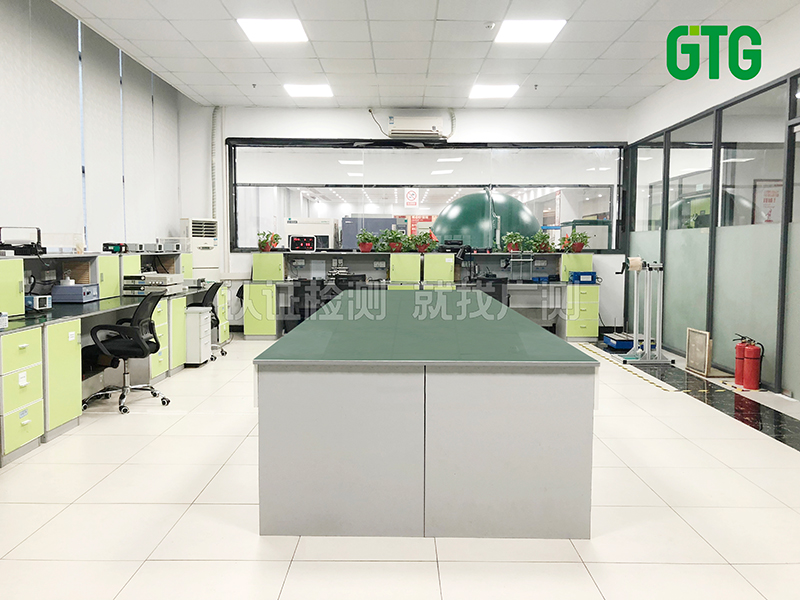For lighting manufacturers aiming to enter the European market, CEマーキング for Luminaires is not optional but a legally mandatory “passport for market access.” Failure to affix the CE mark correctly can lead to customs rejection, forced removal from the market, fines, and significant financial losses. Is your lighting product within the scope of CEマーキング? Which key directives typically apply? This article provides a detailed breakdown.
I. Common Types of Luminaires Requiring CEマーキング
The following are common types of lighting products that require CE認証:
-
Fixed Luminaires: Such as ceiling lights, pendant lights, and wall lights.
-
Portable General Purpose Luminaires: Such as table lamps, floor lamps, clip lights, torches (flashlights), and headlamps.
-
Road and Street Lighting: For public illumination, including garden lights, LED street lights, and tunnel lights.
-
Floodlights: High-power luminaires used for architectural lighting, square lighting, and sports stadium illumination.
-
Recessed LED Luminaires: Various panel lights, recessed downlights, and spotlights using LED light sources.
-
Stage Lighting: Professional luminaires used in theatres and studios.
-
Key Luminaire Components: Stand-alone components like LED drivers and control gear also typically need to comply with relevant directives.

II. Detailed Explanation of Core Directives
The main directives involved are LVD, EMC, ErP, and RoHS.
1. LVD (Low Voltage Directive)
The CE-LVD directive concerns product safety testing.
-
Main Tests: Temperature rise, electric strength (withstand voltage), insulation resistance, fault conditions, and blue light hazard assessment.
-
Applicable Standards: EN IEC 60598-1, EN IEC 60598-2-X series, IEC TR 62778, EN 62031, EN 62493.
2. EMC (Electromagnetic Compatibility) Directive
The CE-EMC directive assesses a product’s electromagnetic emissions (EMI) and immunity to external interference (EMS).
-
Main Tests: Conducted emissions, radiated magnetic fields, harmonic currents, surge immunity, and electrical fast transient (EFT)/burst immunity.
-
Applicable Standards: EN IEC 55015, EN 61547, EN IEC 61000-3-2, EN 61000-3-3.
3. ErP (Energy-related Products) Directive
The ErP directive focuses on energy efficiency and ecological requirements.
-
Main Tests: Light distribution, integrating sphere measurements (e.g., luminous flux, efficacy), and stroboscopic effects (Pst LM, SVM).
-
Applicable Standard: EU Regulation 2019/2020 (Ecodesign for Light Sources).
4. RoHS (Restriction of Hazardous Substances) Directive
の RoHS directive restricts the use of specific hazardous substances in electrical and electronic equipment.
-
Key Requirements: The concentration of lead, mercury, cadmium, hexavalent chromium, Polybrominated Biphenyls (PBB), and Polybrominated Diphenyl Ethers (PBDE) must not exceed the stipulated limits.
5. RED (Radio Equipment Directive)
Additionally, if your product incorporates wireless functionality (e.g., Wi-Fi, Bluetooth), it must also comply with the RED (Radio Equipment Directive).